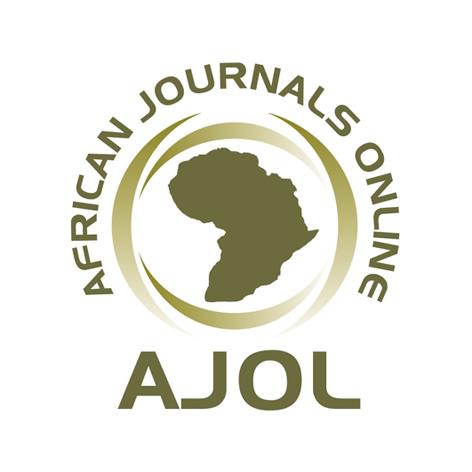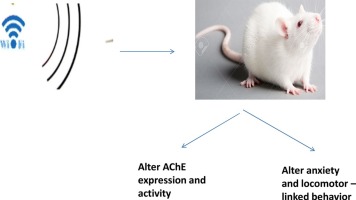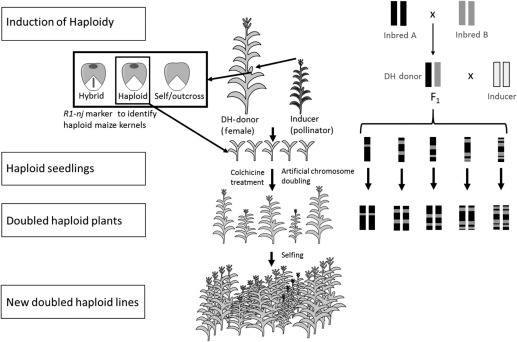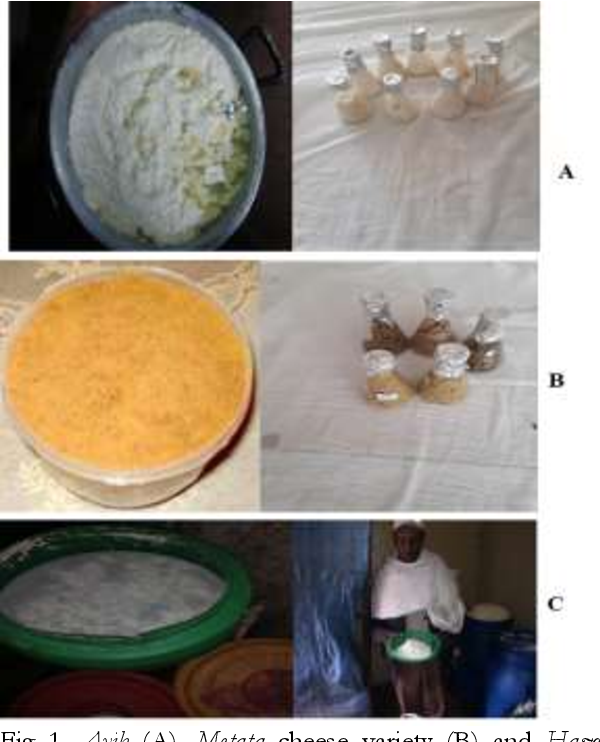Factors Affecting Choice of Livelihood Strategies in Peri-Urban Communities of Hossana Town, Southern Ethiopia
Downloads
Background: In Ethiopia, the land allocated for urban expansion is taken from farming communities residing in the peripheries of towns and cities. Therefore, this decision strongly affects the livelihood of local communities living at peri-urban areas.
Objective: The purpose of this study was to identify the livelihood strategy choices in peri-urban communities of Hossana town, Hadiya Zone, Southern Ethiopia and factors affecting them.
Materials and Methods: A household survey research design was conducted using a semi-structured questionnaire by interviewing 369 households. Qualitative and quantitative data were collected from primary and secondary sources. In addition to household interview, focus group discussion, key informant interview, transect walk and personal observation were used as data collection tools. The study employed multivariate probit model to identify factors affecting choice of livelihood strategies in peri-urban local communities.
Results: Model results showed that dependency ratio, active labor force in the family, sex of household head, educational levels of household heads, annual total income, market distance, household asset ownership, mass media exposure, achievement motivation, information seeking behavior, distance to public transport, total cultivated land, livestock (other than ox) and extension contact significantly affected choice of livelihood strategies.
Conclusion: From the results we can conclude that agriculture, cottage/small scale industries, service, migration and other livelihood strategies are used as sources of income in peri-urban communities of Hossana town and are affected by different socio-economic, demographic, institutional, information and psychological factors. Therefore, it is necessary to give attention to those factors which positively affect agriculture, cottage/small scale industries and service and negatively affect migration and other livelihood strategies.
Copyright (c) 2021 Sara Shikur, Jema Haji, Tekle Leza

This work is licensed under a Creative Commons Attribution-NonCommercial-NoDerivatives 4.0 International License.
- I am authorized by my co-authors to enter into these arrangements.
- I warrant, on behalf of myself and my co-authors, that:
- the article is original, has not been formally published in any other peer-reviewed journal, is not under consideration by any other journal and does not infringe any existing copyright or any other third party rights;
- I am/we are the sole author(s) of the article and have full authority to enter into this agreement and in granting rights to Springer are not in breach of any other obligation;
- the article contains nothing that is unlawful, libellous, or which would, if published, constitute a breach of contract or of confidence or of commitment given to secrecy;
- I/we have taken due care to ensure the integrity of the article. To my/our - and currently accepted scientific - knowledge all statements contained in it purporting to be facts are true and any formula or instruction contained in the article will not, if followed accurately, cause any injury, illness or damage to the user.
- I, and all co-authors, agree that the article, if editorially accepted for publication, shall be licensed under the Creative Commons Attribution License 4.0. If the law requires that the article be published in the public domain, I/we will notify Springer at the time of submission, and in such cases the article shall be released under the Creative Commons 1.0 Public Domain Dedication waiver. For the avoidance of doubt it is stated that sections 1 and 2 of this license agreement shall apply and prevail regardless of whether the article is published under Creative Commons Attribution License 4.0 or the Creative Commons 1.0 Public Domain Dedication waiver.
- I, and all co-authors, agree that, if the article is editorially accepted for publication in Haramaya Journals, data included in the article shall be made available under the Creative Commons 1.0 Public Domain Dedication waiver, unless otherwise stated. For the avoidance of doubt it is stated that sections 1, 2, and 3 of this license agreement shall apply and prevail.












